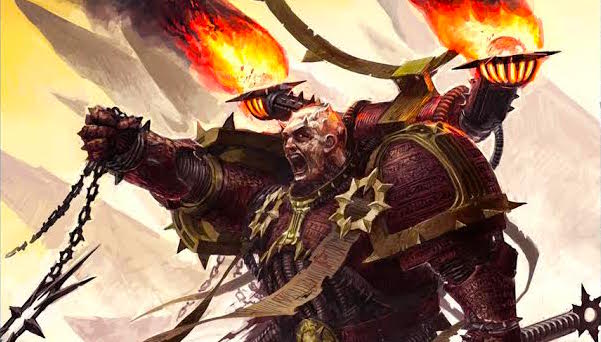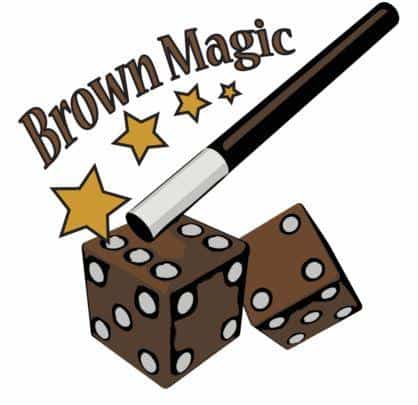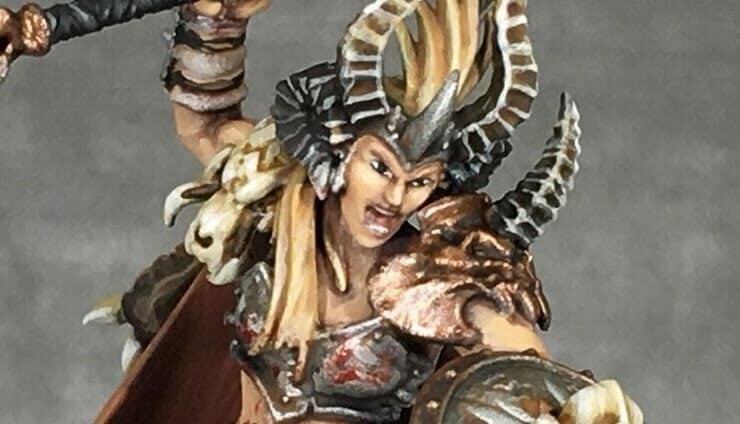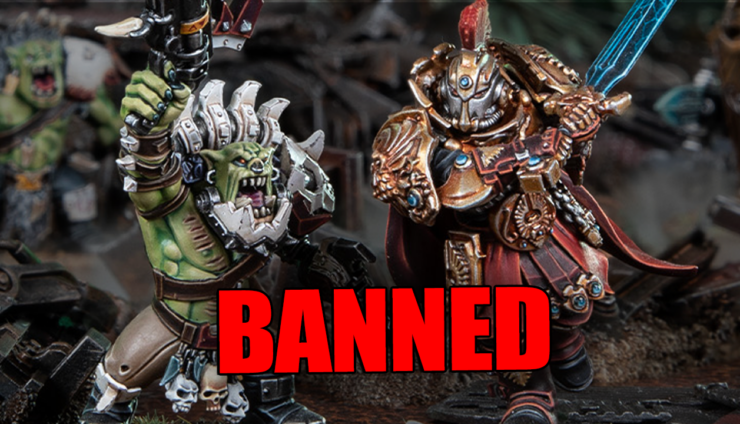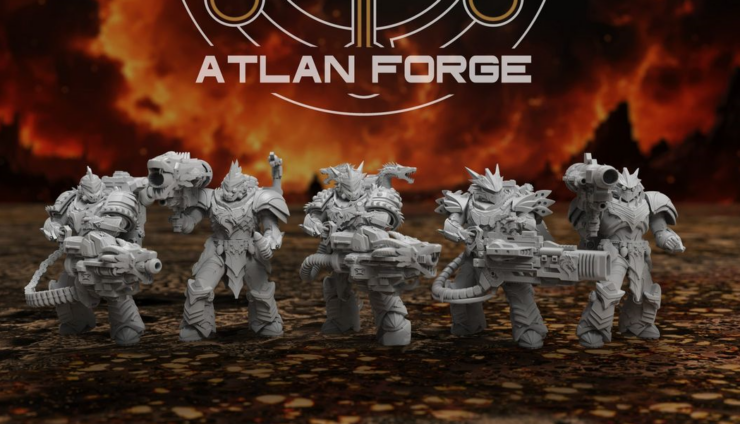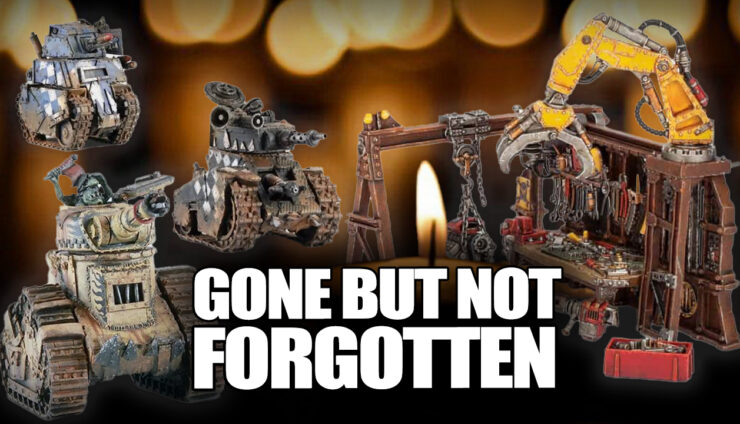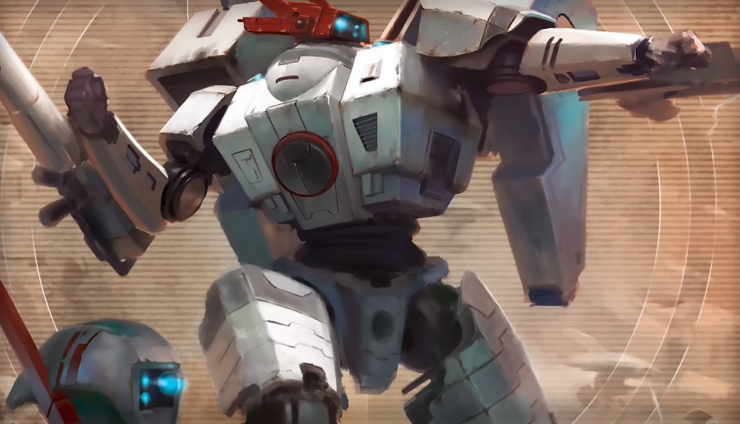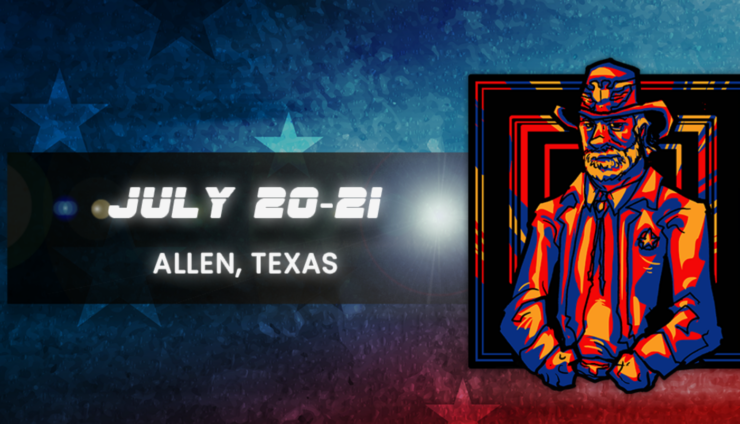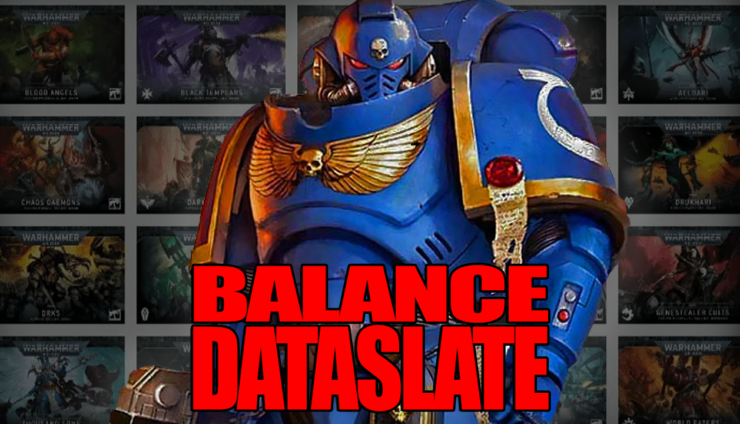Have you been thinking about jumping into the tournament scene but aren’t sure what you need to do to win? Well today, Brown is going to break down his 7 steps to winning a 40k tournament.
Today is a very special day. It’s the day I’m going to tell you how to win a tournament. Yeah, that….
Now, many of you think going to a 40k tournament is just some easy thing to do, where you just sign up and go. And at its core, it is. But, if you want to actually do well at a tournament, then it’s better to approach it systematically with my 7 step process on how to prepare for one.
Step 1: Select a tournament
To some, this may seem obvious, but to others, this is an easy step to overlook. Nonetheless, it’s fundamentally the most important. 40k players in today’s 21st century, ITC loving world, are totally spoiled by the vast quantity of tournaments they have to choose from, so it’s important to know what you’re getting into! This step can be different for everyone based on their current situation with 40k, whether it’s just attending your first local RTT or Adepticon, it’s imperative to pick a tournament with at least 2-3 months lead time so you have adequate time to prepare. Think of it like this, if you decide to compete in a marathon you don’t just get up and run one. You need to train and prepare yourself to run one; a tournament is no different.
Step 2: Read the rules
I’m not just talking about reading your rulebook or your codex! Presumably, you’ve already done that, and if you haven’t you probably shouldn’t be looking at going to any tournaments yet. I’m talking about reading the mission packet and format. A lot of smaller tournaments typically use the same mission packet as larger tournaments like ITC, NOVA, ETC, etc… But that’s not always the case. 99% of tournaments will publicize their missions and format ahead of time, so be sure to do your homework and understand them intimately. Often times, missions are gameable with your list design. I’ve actually yet to come across a mission packet in 14 years of playing 40k that isn’t gameable during list design to at least some degree, so you’re going to want to adjust your army and list to take advantage of that.
Some tournament missions can even be so impactful that they validate or invalidate entire lists or archetypes. It is paramount to your success in a tournament to become familiar with missions and their inherent quirks prior to going or even selecting an army for a tournament.
Step 3: Identify the Meta
This is probably going to be the hardest step in the process for most people. The meta is basically a list of commonly fielded units, armies, or archetypes which you expect to see. I actually plan on doing a whole article on how to help determine what the meta is at any given point in time, but the quickest and easiest advice is to stay up to date on your 40k tournament culture. Reading articles, following what wins major events, following what places reasonably well at major events, joining some 40k groups and just casually reading about people’s ideas while pooping, and definitely subscribing to The Brown Magic Premium are all fantastic ways to help grasp the meta.
Also, understand that a meta will shift depending on a tournaments mission structure. Remember that whole 2nd point about becoming intimate and familiar with the missions beforehand? Well, this is why. Defining the meta is a lot like trying to guess if stock prices will go up or down, you can never be 100% certain. But, to be successful you need to at least have some semblance of an idea of what you expect to face at a tournament so you can adequately prepare for it.
Step 4: Choose an Army/List
It may seem backward to do all of the prior steps before choosing an army, but it’s all based on your goals as a player. If your goal is to win the tournament, all your priorities should be centered around that goal, including choosing what army to play. Conversely, if your goal is to play a certain army or style of list and do the best you can with it, that’s fine too, but understand that in doing so you’re prioritizing playing a certain army or style over winning, so your results are likely to reflect that. Anywhos, choosing an army should be a byproduct of what the missions favor and what the meta is at any given point in time.
There’s a lot of controversy about whether to play a “meta” list or play a “counter-meta” list, and there really is no right answer to that question, but understand that you need to determine what you expect the meta to be and build an army to compete within the framework of that and the missions in order to do well.
Step 5: Playtest, Practice, Perfect-
This step is so important, yet surprisingly easy to forgo. No amount of theory hammer in the world will make up for real experience. There are actually many techniques on how to optimize your playtesting and practicing sessions when preparing for tournaments, and I’ll definitely cover that in another article, but for today you need to understand that the most important thing is getting out there and playing real games. Preferably in the same tournament format that you’re preparing for.
Don’t be afraid to switch units out that seemed like they would work but don’t. Conversely, if a unit is performing better than expected, don’t be afraid to just take more of it. Be open minded! Lastly, don’t be afraid to change your army to better match the scope of the meta as the meta evolves around you. That’s what this period is for.
Step 6: Acquire the Army
Many of you may be wondering how you can practice an army you don’t have. Simple really, you proxy. Just like a person doesn’t buy a car without taking it for a test drive, don’t buy an army for a tournament without at least making sure it works well enough. After you’ve settled on a list or a rough idea at least of what you are going to play, start buying it, building it, and painting it. Personally, I borrow models from friends very often for big tournaments because buying, building, and painting armies is a very resource-intensive process, and doing it multiple times a year can become quite prohibitive.
If you’re someone who wants to show up with your own models and paint them super beautifully because you have pride in your work or your narrative ideas that’s fine too. We all enjoy the hobby in our own ways, but understand that doing so changes your priority from winning to hobbying, and consequently could impact your performance. I mean I’d love to play with Crystal Brush Standard models and a fluffy super cool army, but I choose to prioritize winning over that, and my results speak for themselves. That’s just a choice you, as a player, have to make when deciding what you want out of the hobby.
Now, of course, I’m not saying that in order to be competitive all your models need to look like garbage and you need to swap armies every month. A lot of top players who army hop also have beautifully painted armies and frequently win Ren man/best overall-see Andrew Gonyo, Sean Nayden, and Alex Fennell. Heck, I’ve even won Best Overall at Adepticon once! I’m just saying what you choose to prioritize can impact your competitive performance, so be aware of that and act in accordance with your goals.
Step 7: Go To The Tournament
Ok, there isn’t really much to say about this. The process pretty much got summed up in my prior 6 points, but if I cut it off there it wouldn’t be a 7 step process now would it?
Well, there you have it folks, my 7 step process on how to prepare and go to a tournament to give yourself the best shot at winning. This is the exact process I used for both LVO and Adepticon (and countless prior tournaments), and it’s been refined over many years of trial and error.
So, go out there and give it an honest try. If it works for me I’m sure it can work for you!
